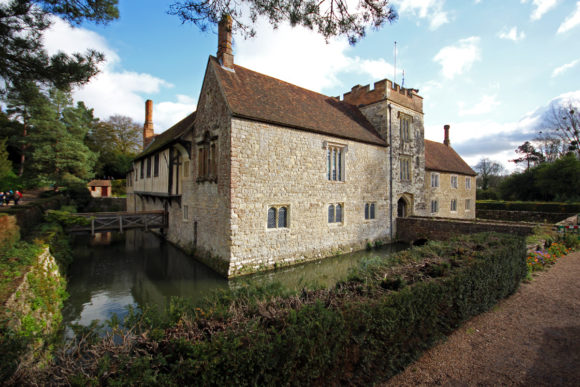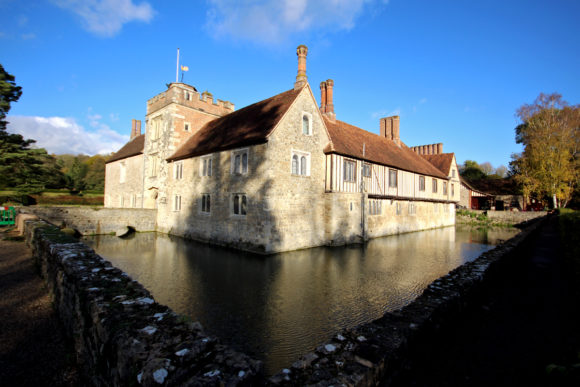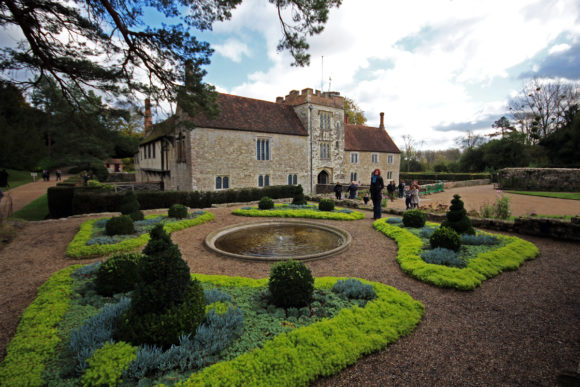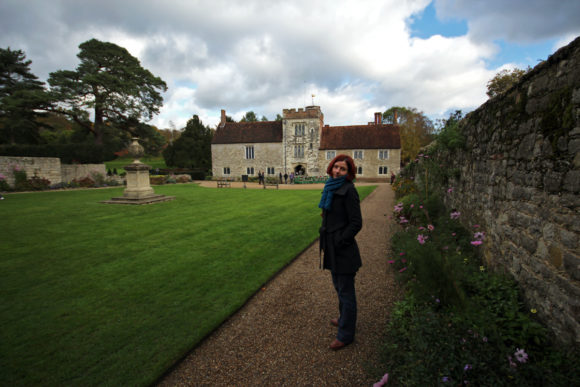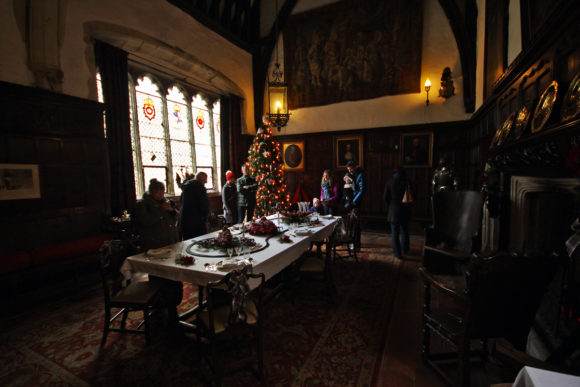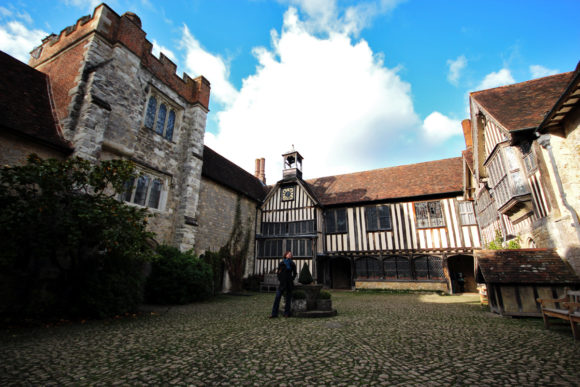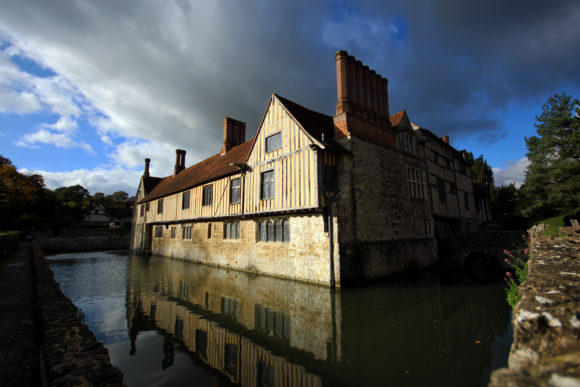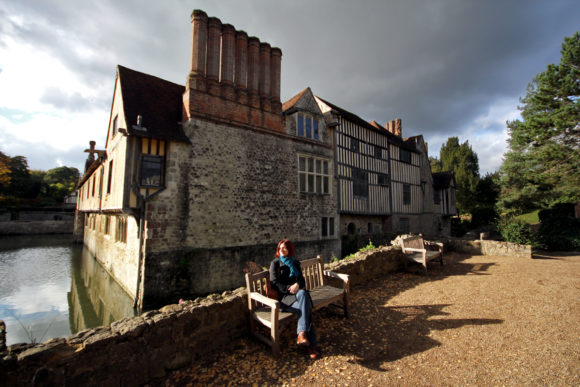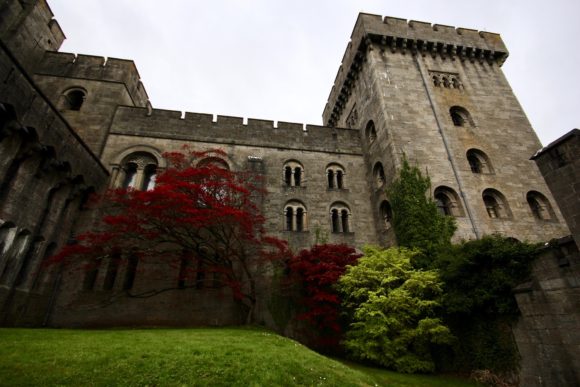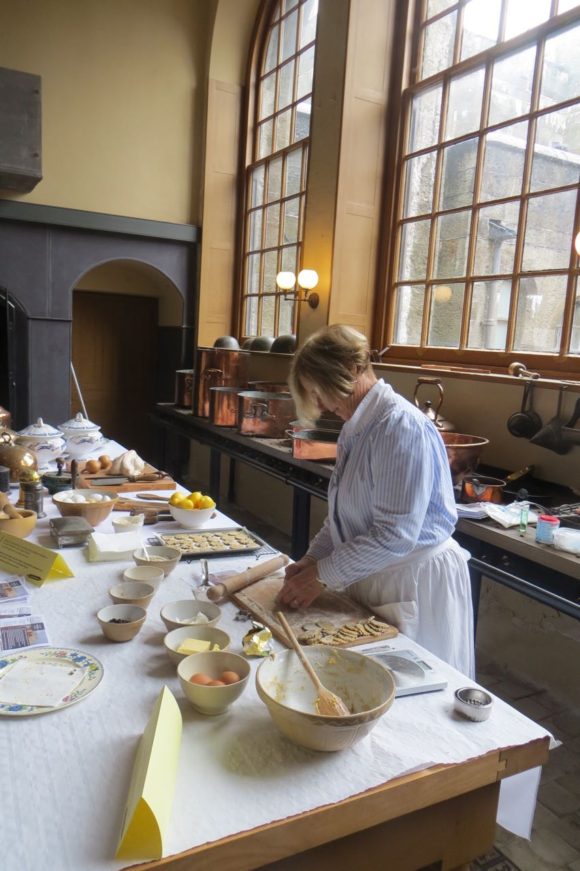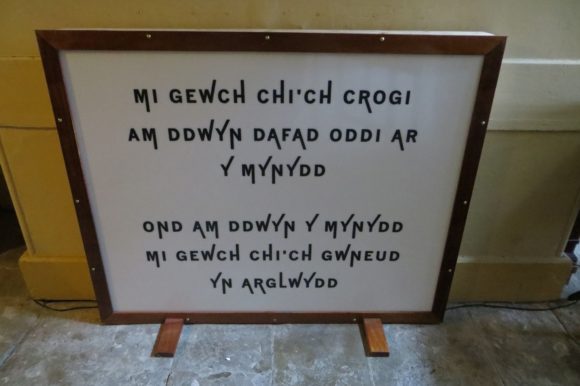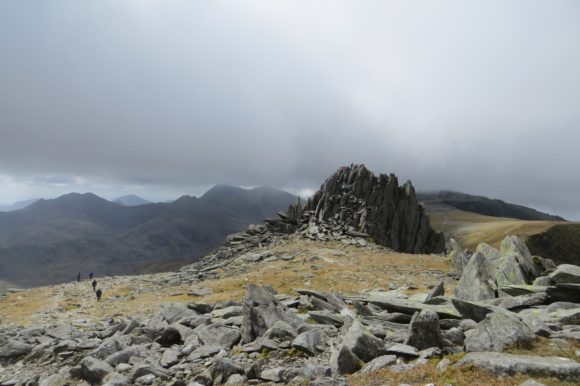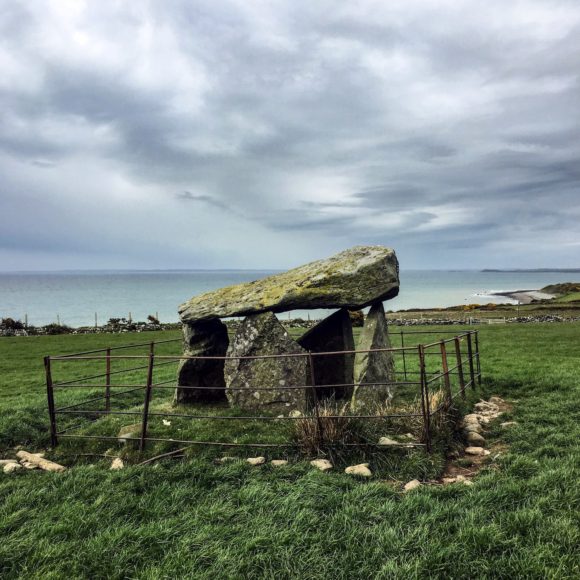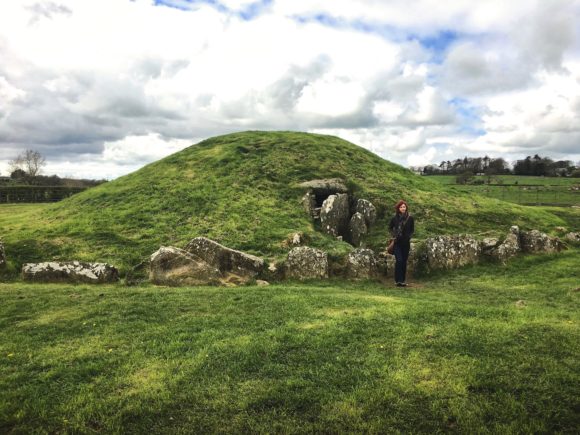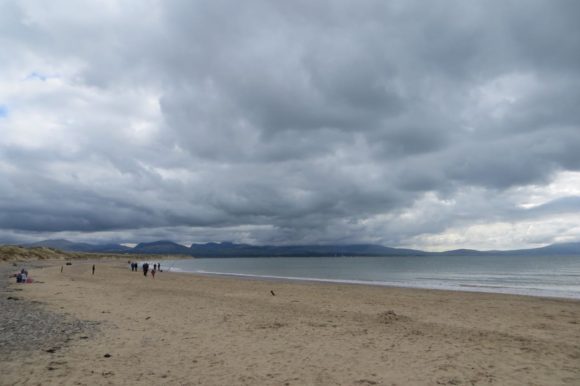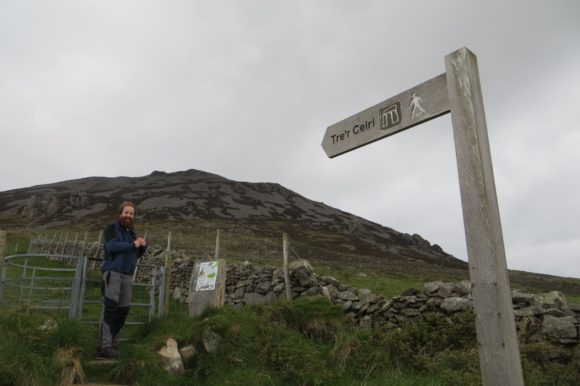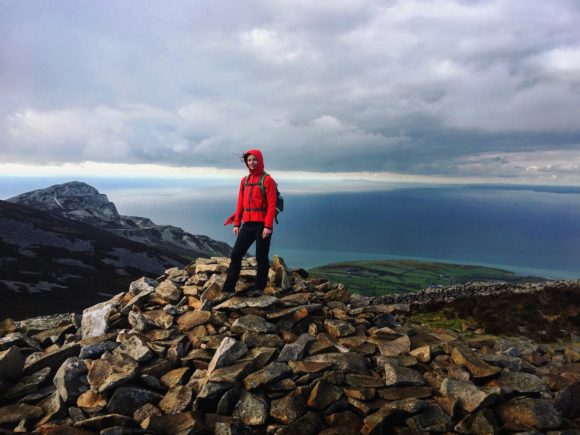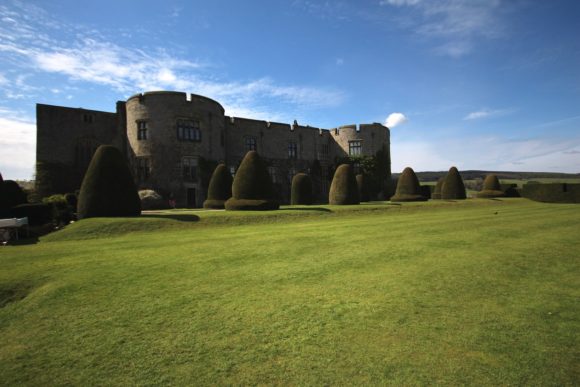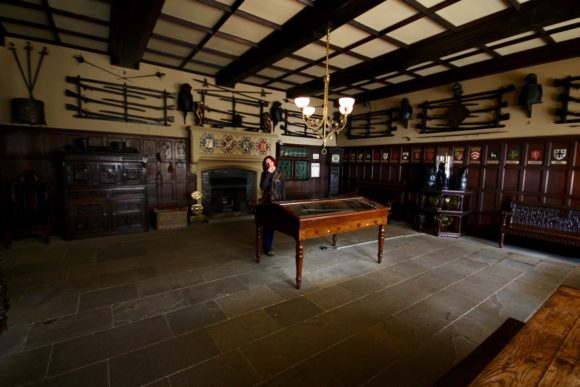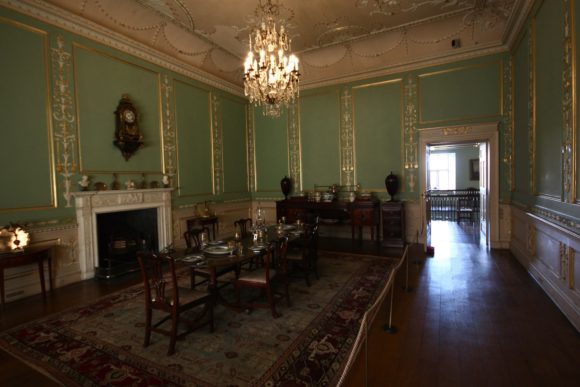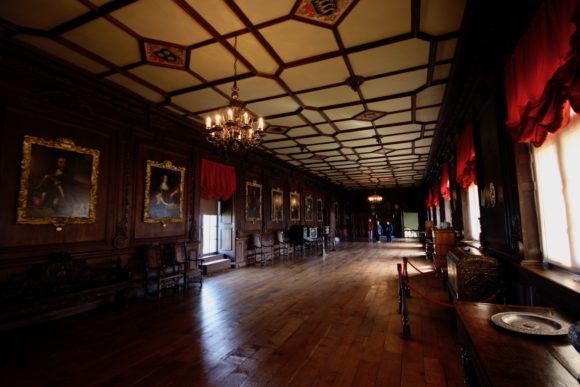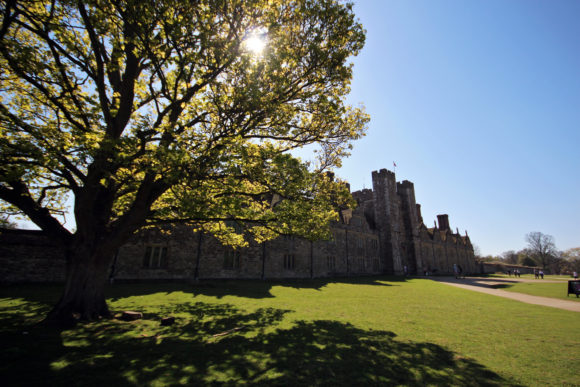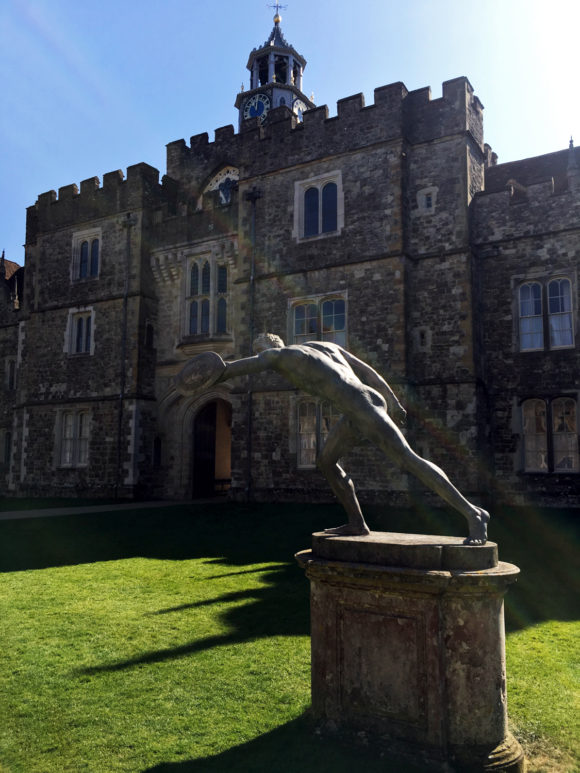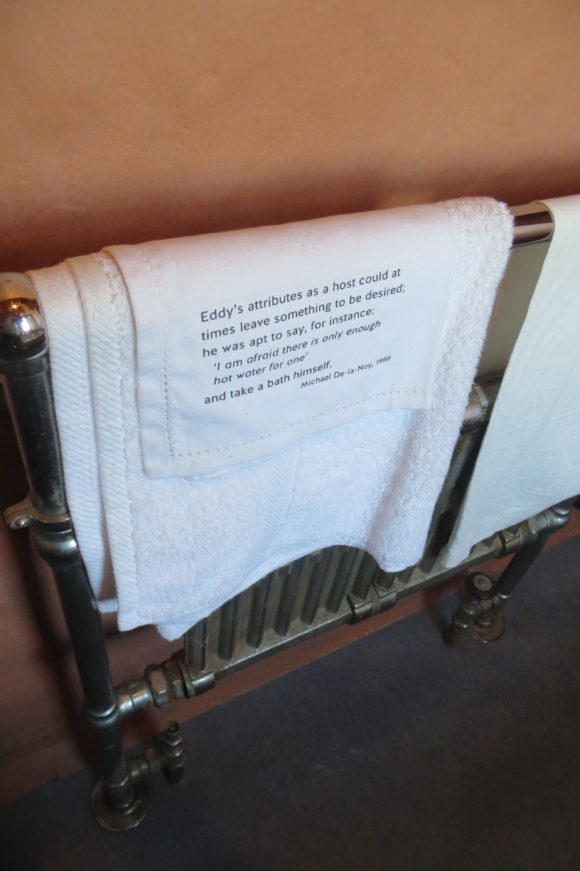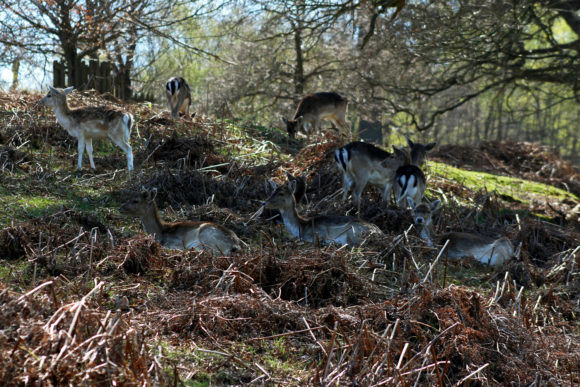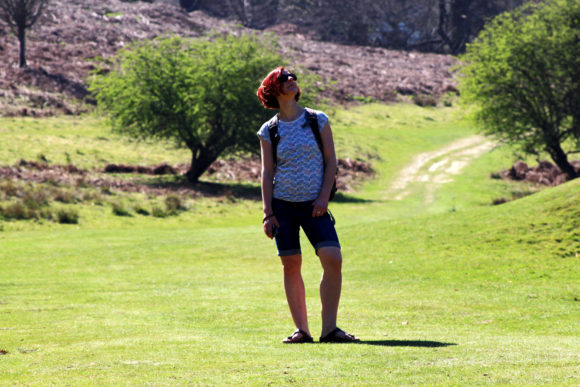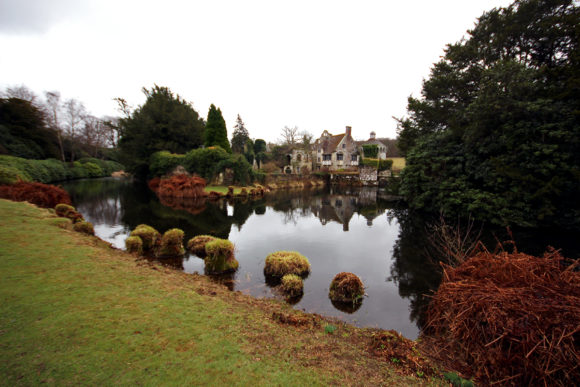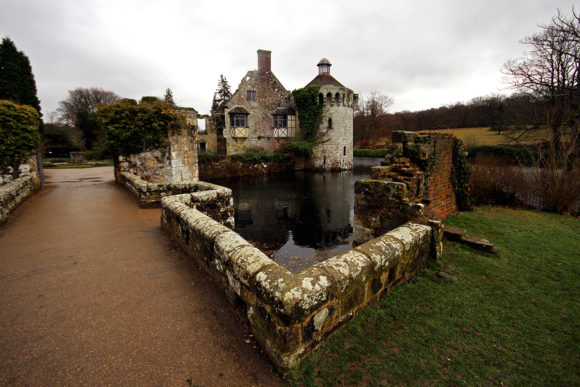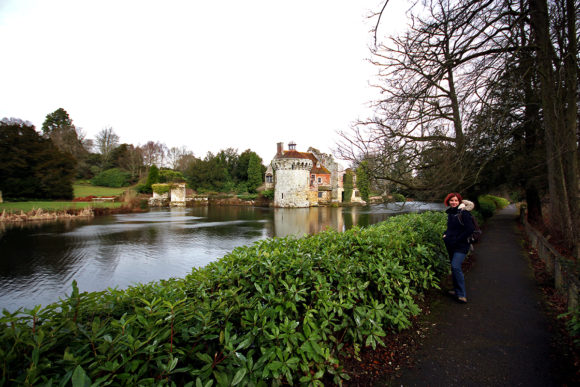Grey and cold February, with nothing to look forward to until like the Easter (oên bachs!). We decided to pass some of that greyness in Norfolk, see if we can still find the seals on the beaches, and see some National Trust places as well. Our expectations were not high for anything, as February is after the seal pupping season, and NT estates are actually closed Jan+Feb, so you can only really see the gardens.
Sunday 5.2.
Started off reasonably early from our place, weather not too shabby even if bitingly cold.
Our first stop was at the Anglesey Abbey, where the spectacular gardens were busy with the snowdrop season. The Abbey is a Jacobean-style house with gardens and a working watermill – Lord Fairhaven, wanting to inspire and surprise visitors, created a spectacular garden with planting for all seasons and a cosy house in which to entertain. Insides of the house were closed for visitors, but we did have fun in the gardens and the Lode Mill.
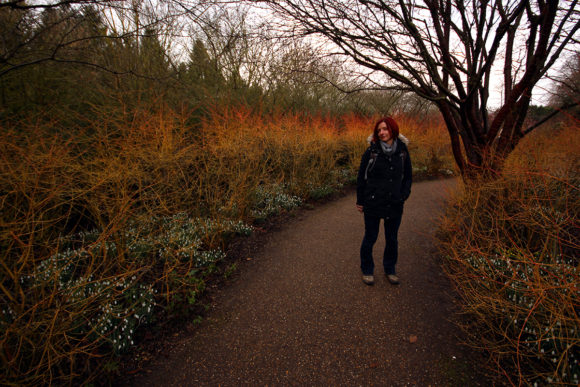
Snowdrops
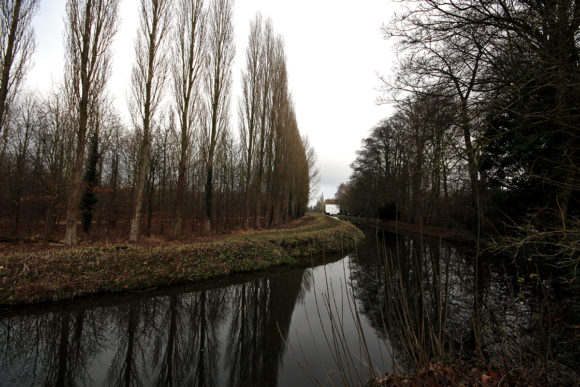
Lode Mill

Anglesey Abbey
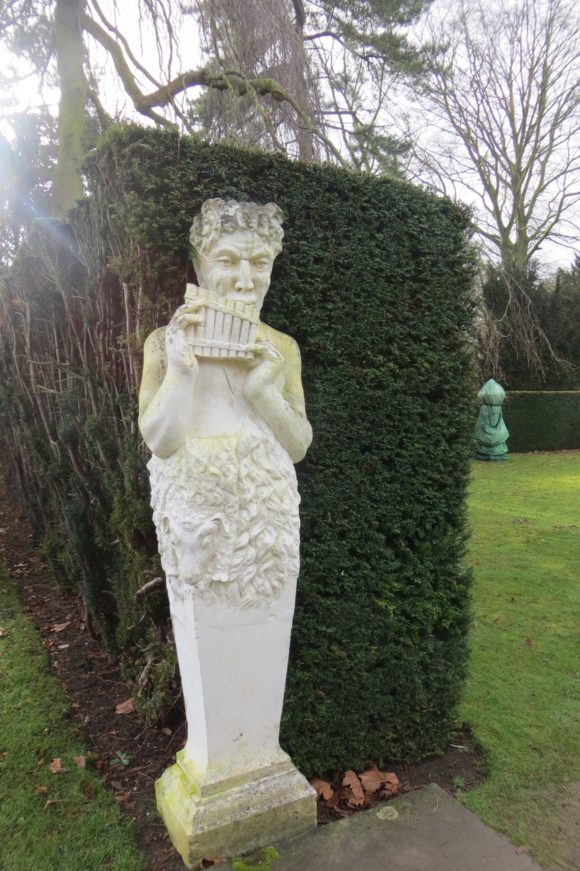
Anglesey Abbey
Pretty place, but we have a busy programme for the day, so off we head towards Oxburgh Hall. Zooming along on the A10, we saw a spectacular cathedral on the horizon, and decided to make an impromptu stopover – in Ely. On our clever devices we learned that the Ely cathedral is an Anglican cathedral with origins in AD 672 when St Etheldreda built an abbey church. The present building dates back to 1083, and cathedral status was granted it in 1109. Architecturally it is outstanding both for its scale and stylistic details. Having been built in a monumental Romanesque style, the galilee porch, lady chapel and choir were rebuilt in an exuberant Decorated Gothic. Its most famous feature however is the central octagonal tower. That was all very interesting, but we still didn’t know how to pronounce Ely – my guess was that it’s pronounced like Eli [Cash] from the Royal Tennenbaums, but we had to know for sure! No better person to ask than the visitor info guy in the cathedral itself, so Iest went for it and asked him how to pronounce the name of the village. The poor guy’s eyebrows were raised so high they almost fell off his face and in a stiff yet high-pitched voice he repeated ‘Village?!’ – so, for next times we know that once you get yourself a cathedral, that apparently makes you a city, no matter how small. But, we also learned they pronounce it [ee-ly], as in the fish, eel, which they used to have plenty of or something. We quickly checked out Oliver Cromwell’s house too, and went back on track with our plan for Oxburgh Hall.
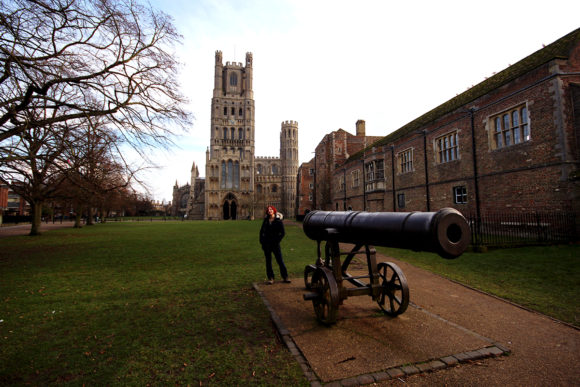
Canon Gins!
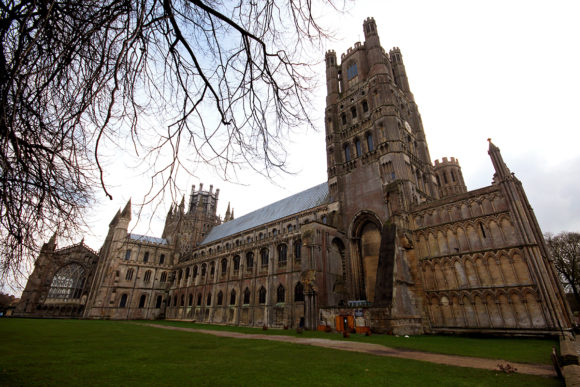
Ely Cathedral
Oxburgh Hall is a 15th-century moated manor house Built in 1482 by the Catholic Bedingfeld family. The interiors were also still closed for the winter, but we enjoyed the moat with its swans, and the surrounding gardens. I got a small pot with a chopped off chunk of one of the plants, so if it survives, we’ll have a nice Oxburgh plant on the balcony to remember. By now we were really hungry and so we walked over to the nearby pub for a proper Sunday roast.
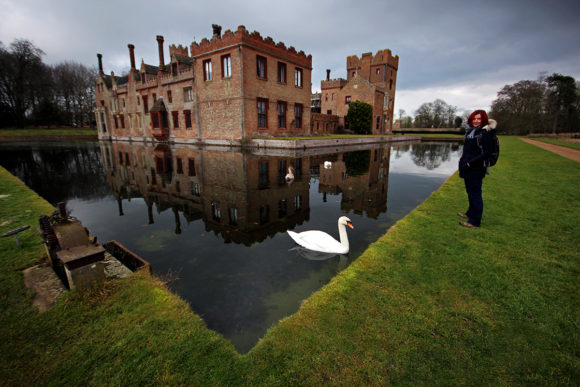
Oxburgh Hall, moat and swans!

Oxburgh Hall
Monday 6.2.
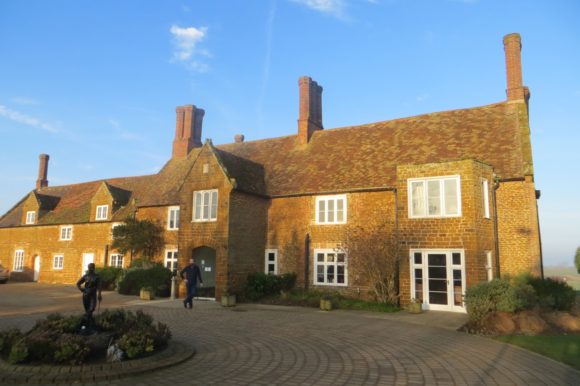
Our nice hotel
It was the hunt for the seals mostly (ultimately unsuccessful tho), exploring the coast and beaches, and a couple of NT estates.
First, we made it to the Titchwell RSPB reserve, which was awesome. Full of knowledge on the winter migratory birds to see from last night’s Country File programme we watched, we went straight in the marshes. The reserve has both freshwater marshes and sea beaches, and birds really abound. The weather was sunny and we had a blast.
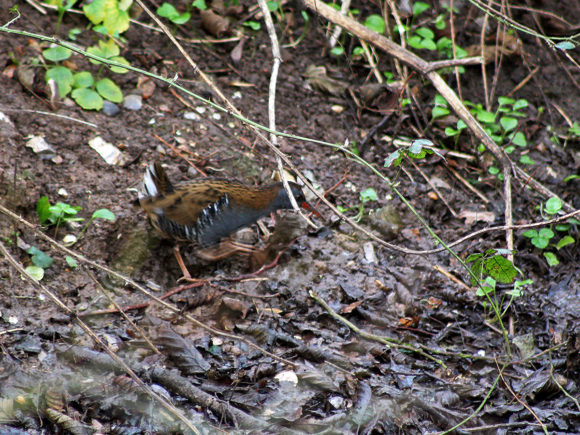
Water Rail
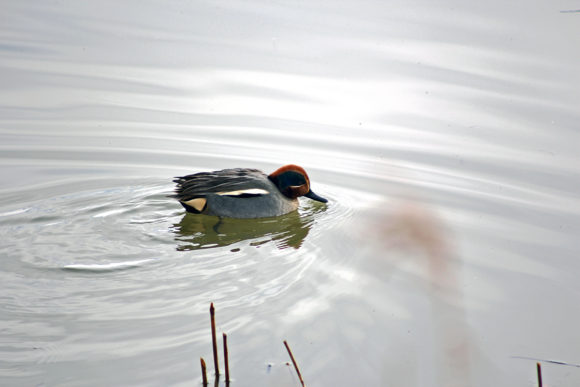
Unknown
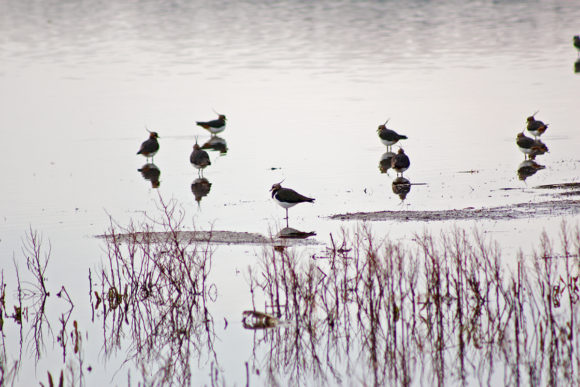
Unknown
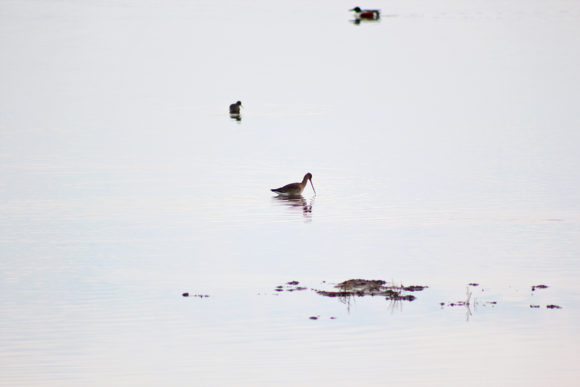
Unknown
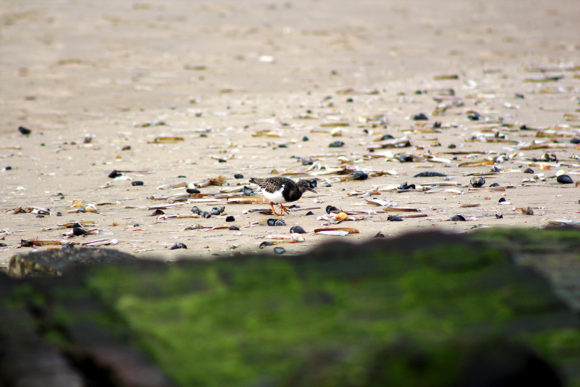
Unknown
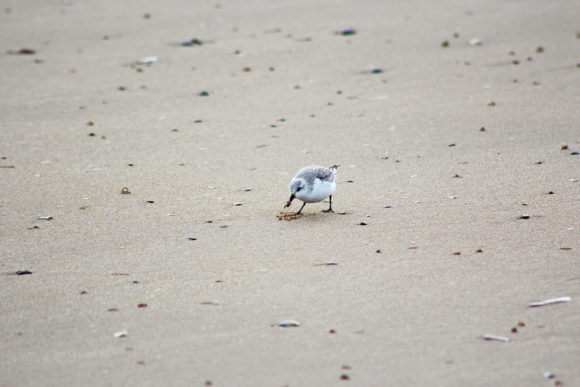
Unknown
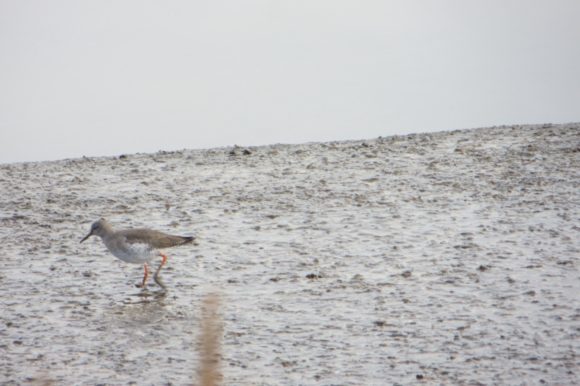
Redshank
Then we swung by the Brancaster beach, endless golden beach, and also an NT place.
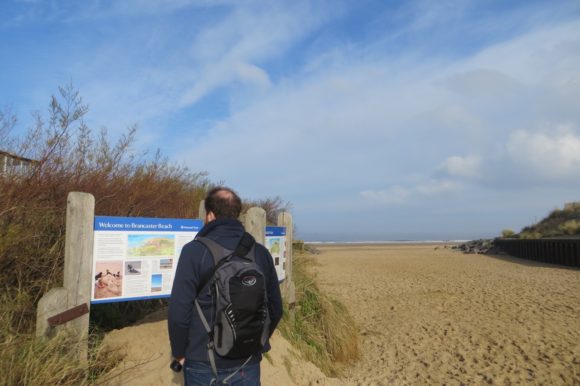
Brancaster beach
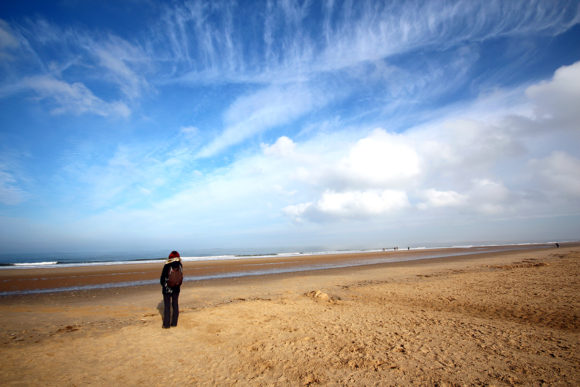
Gina on the beach
We had high hopes for the Blakeney nature reserve with respect to the seals, but we were not lucky. The local seals were gone and the boat trip to see them off the coast was already gone for the day. We tried an adjacent beach at Cley by the Sea, but to no avail. There was really not much else to do, so we had lunch at the Dunn Cow, and pressed onto another closed NT estate at Felbrigg, one of the most elegant country houses in East Anglia, and also Blickling estate.
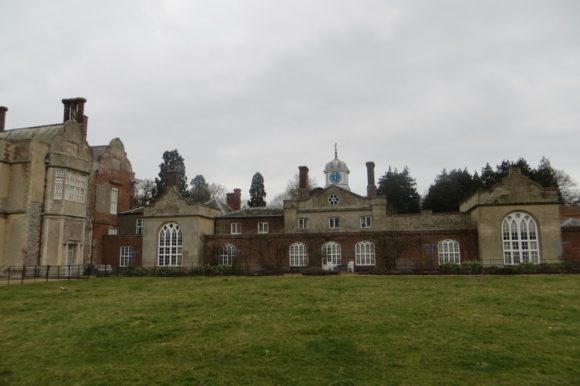
Felbrigg
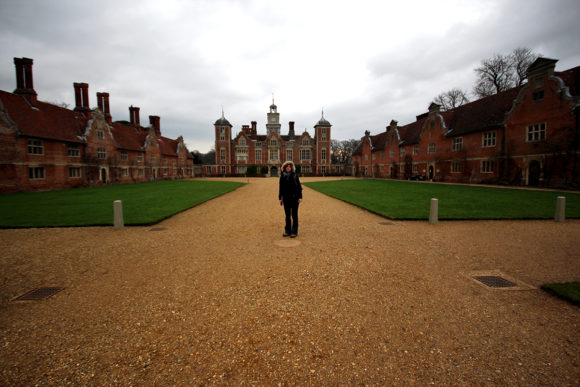
Blickling Estate
Afterwards we were quite tired for the day, so we found a great little place for tea & cakes, and then headed to our hotel. We decided to live a little, so we went to the hotel bar in the evening, which had a nice fire going, and only two other people in it, so we had a nice cup of tea there as well.
Tuesday 7.2.
The day for exploring Norwich on our way home. It was cold and drizzly, but the building still looked quite spectacular. The cathedral was begun in 1096 and constructed out of flint and mortar and faced with a cream-coloured Caen limestone. The cathedral was completed in 1145 with the Norman tower still seen today topped with a wooden spire covered with lead. Norwich Cathedral has the second largest cloisters in England, only outsized by Salisbury Cathedral (where we were in January anyway). The cathedral spire, measuring 96m, is the second tallest (yeah, also Salisbury takes the cake).

Inside Norwich cathedral
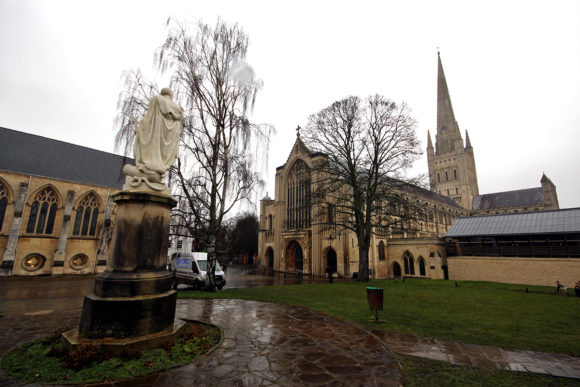
Norwich cathedral
We were not really so keen on visiting the Norwich castle, which is a bit boxy, even though It was founded in the aftermath of the Norman conquest of England when William the Conqueror (1066–1087) ordered its construction because he wished to have a fortified place in the important city of Norwich.
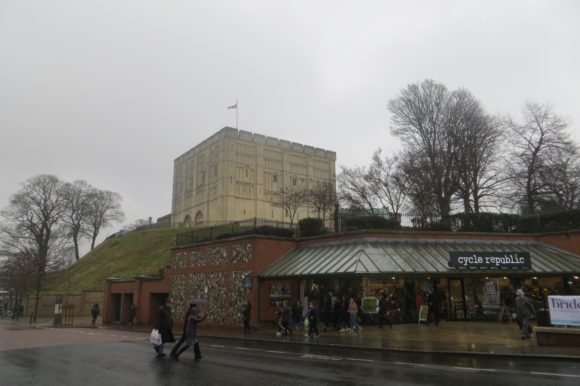
Norwich castle
Instead, we decided to drive up to Horsey beach to see if we could still be lucky with the seals. And lucky we were! In a rainy weather and rough sea, we found a whole nice colony of seals, casually chillin on the beach. We were super excited, and spent a lot of time with them, and got really close too. It was the perfect cherry on top of our Norfolk trip, and we were ready to go home. (A couple days later it was reported that £50 million worth of cocaine was found washed up on a beach in Norfolk, so I guess we could have been even luckier, but still, the seals were cute!)
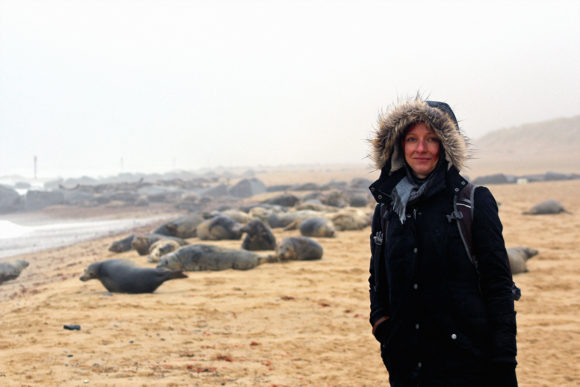
Gina and the seals
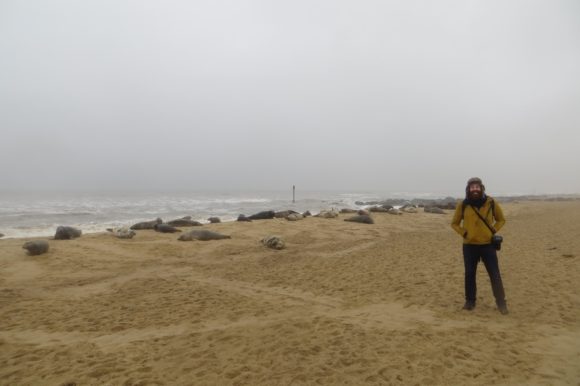
Iest & seals

A happy, chilled seal
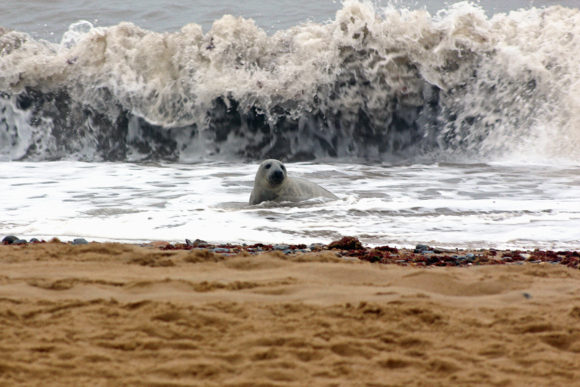
A dramatic seal

